By Chen Tianhao, Guan Na
(ECNS) -- “The China-Central Asia Summit reflects a growing trend of interaction between two sides and also promises long-term cooperation, creating huge incentives for the development of both sides,” noted Yunis Sharifli, Non-Resident Fellow at The China Global South Project.
As a grand event following the establishment of the China–Central Asia heads-of-state meeting mechanism, and also the first such summit held in Central Asia, what is the significance of the 2nd China–Central Asia Summit? Why has cooperation between China and Central Asia continued to flourish? In the latest W.E. Talk, Xu Tao, deputy director of the Eurasian Social Development Research Institute at the Development Research Center of China's State Council, Yunis Sharifli, Non-Resident Fellow at The China Global South Project, and Zahid Anwar, Pro Vice-Chancellor and Dean at University of Peshawar were invited to engage in an in-depth discussion on related topics.

Great incentives for bilateral development
On June 17 local time, the second China-Central Asia Summit took place in Astana, the capital of Kazakhstan.
Zahid Anwar, Pro Vice-Chancellor and Dean at the University of Peshawar, emphasized the great significance of this summit, adding that it not only demonstrates the deepening relations between Central Asian countries and China, but also enhances connectivity within the region and further shapes future development trends.
In the view of Yunis Sharifli, Non-Resident Fellow at The China Global South Project, the Summit reflects a growing trend of interaction between China and Central Asian countries and also promises long-term cooperation.
“When we look at the current geopolitical turbulence, the growing cooperation between Central Asia and China is more stable and peaceful,” noted Sharifli, who described the current China-Central Asia relationship as “durable, systematic, and predictable in the long term”.
In addition, Sharifli also emphasized that the Summit creates huge incentives for the development of both sides and aligns their development priorities with each other.
Triple bonds + “Three Comprehensive Coverages”
From the China-Kyrgyzstan-Uzbekistan highway crossing the majestic Tianshan Mountains, to the China-Tajikistan highway conquering the towering Pamir Plateau, from the China-Kazakhstan crude oil pipeline stretching across vast deserts, to the China-Europe freight trains racing day and night—each stands as a landmark of national development, a project that improves livelihoods, and a symbol of fruitful cooperation. These solid, substantial achievements vividly reflect the depth and dynamism of collaboration between China and the Central Asian countries.
So why is China-Central Asia cooperation thriving?
According to Xu Tao, deputy director of the Eurasian Social Development Research Institute at the Development Research Center of China's State Council, over the more than 30 years since the establishment of formal diplomatic ties, China and the Central Asian countries have developed a relationship of mutual trust that can be characterized by "three comprehensive coverages" --full coverage of comprehensive strategic partnerships, full coverage of practicing the community with a shared future for mankind on a bilateral level, and full coverage of signing cooperation documents for jointly building the Belt and Road Initiative (BRI).
In addition, Xu added that China and the Central Asian countries have established a very effective and well-functioning mechanism for high-level communication among their leaders, so “many major and practical issues can be addressed quickly and efficiently through this.”
Xu explained that there are also many other multilateral mechanisms between China and the Central Asian countries in addition to the China-Central Asia Summit, such as the Shanghai Cooperation Organization (SCO), and the Conference on Interaction and Confidence Building Measures in Asia (CICA). These mechanisms also feature distinctive forms of exchange and cooperation and ensure that the cooperation between China and Central Asian countries can operate efficiently, steadily, and in a healthy manner.
Prof. Anwar observed that cooperation between China and Central Asian states is strengthening with the passage of time, underpinned by multiple bonds—historical ties, geographical connectivity, and shared values.
Sharifli added that there are more sectors that China and Central Asia in cooperation currently, with more focus on clean energy and electric vehicles.
“This is very important,” said Sharifli, “because it's directly aligned with Central Asian countries' priorities of accelerating green transition.”
China’s development inspires the Global South
“The establishment of the China-Central Asia Summit mechanism is a vivid example of China practicing true multilateralism,” said Xu, adding that through years of cooperation between China and Central Asian countries, the autonomous capabilities of Central Asian countries, including those in politics, diplomacy and economy, are on the rise.
“There is no doubt that China has played a vital role in helping Central Asian countries navigate and recover from a series of crises,” concluded Xu.
While Anwar thought that now slowly and gradually, the developing countries are realizing that China having relationship with developing countries is beneficial for both sides. “This will further encourage developing countries to strengthen their economic relations with China.”
Anwar pointed out that China became economically strong through peaceful means, which inspired many developing countries and the Global South.
Sharifli noted that in fields including renewable energy, electric vehicles, and digitization, China possesses huge and obvious advantages. Through mechanisms such as the SCO and CICA, China can create more opportunities and share knowledge and expertise with other developing countries.








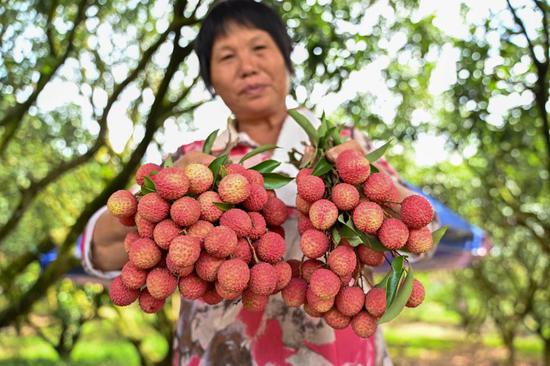

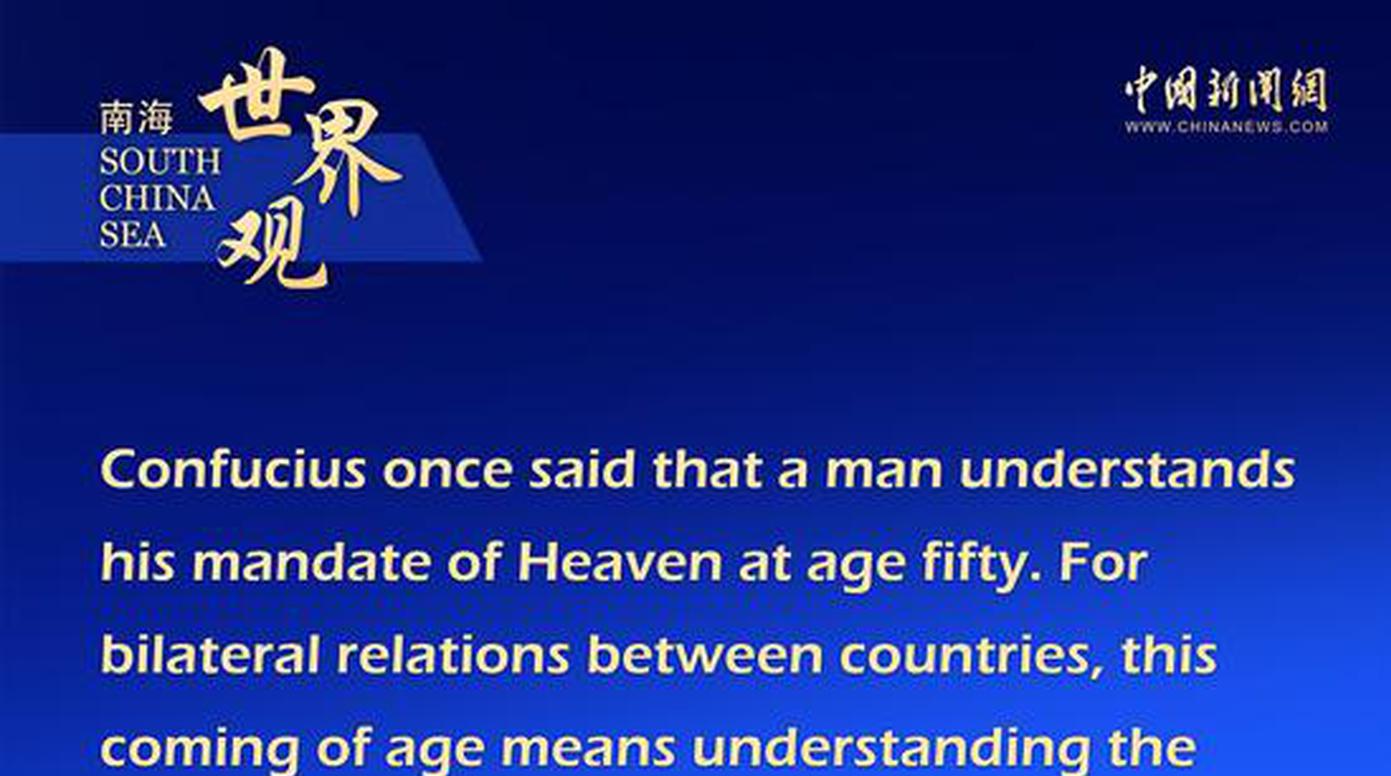











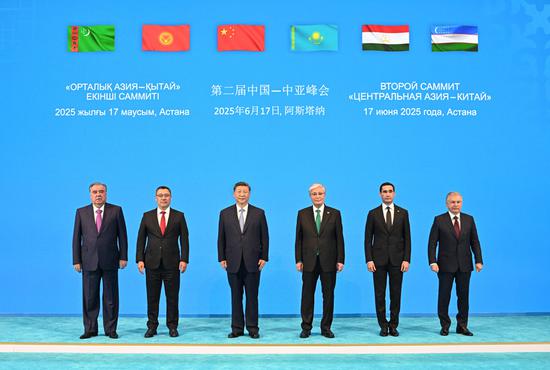




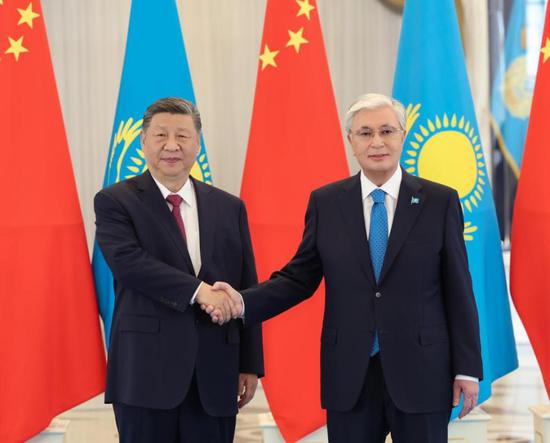




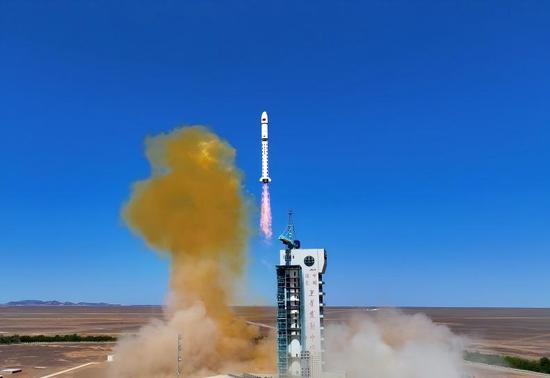



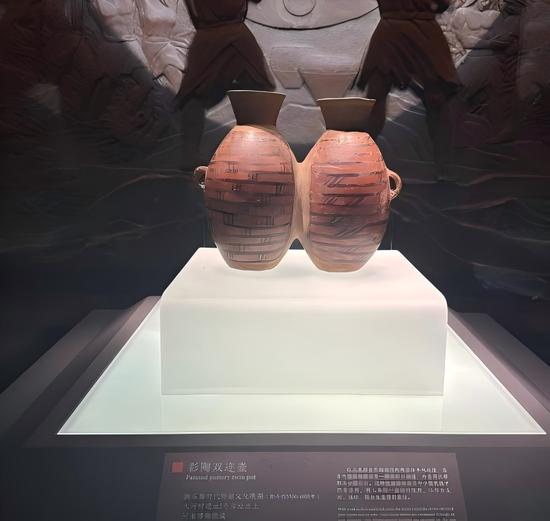
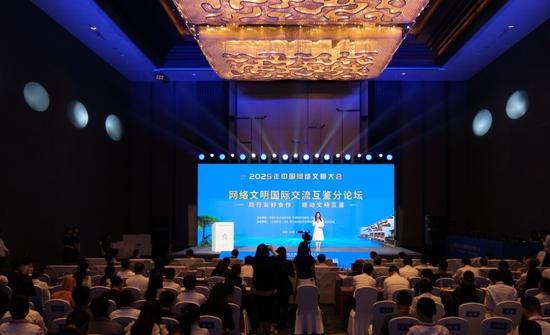








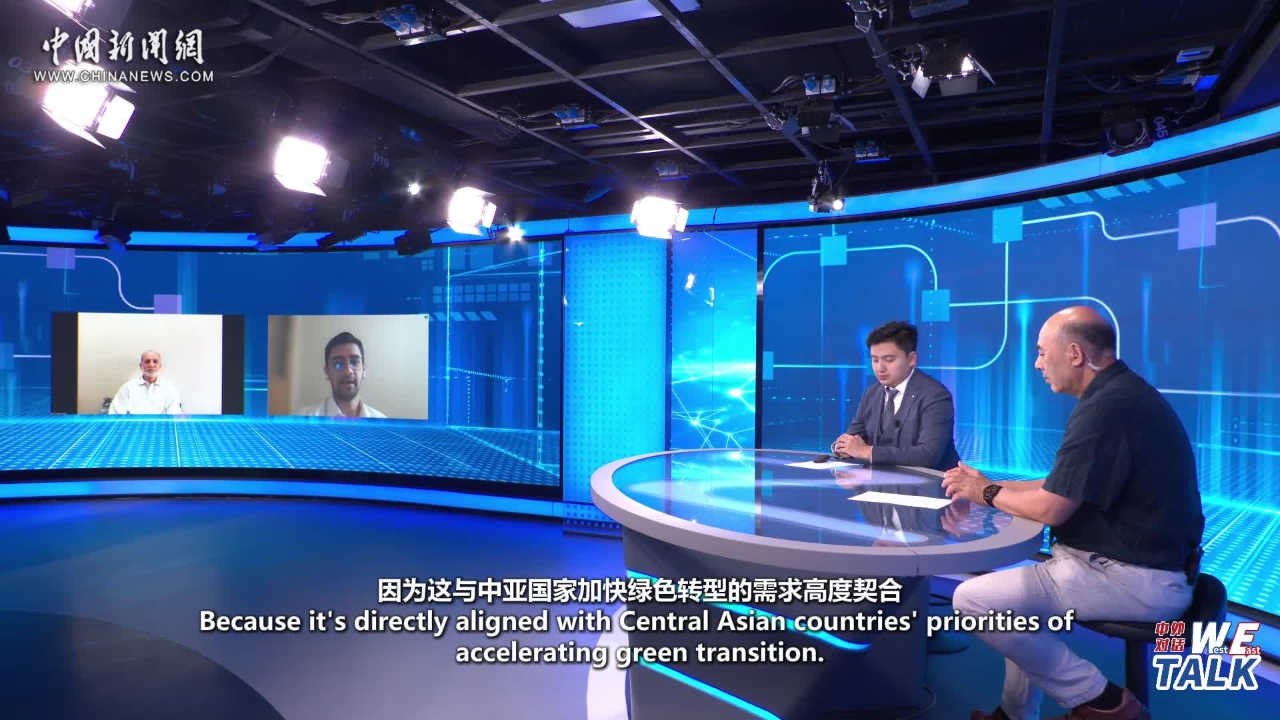



 京公網安備 11010202009201號
京公網安備 11010202009201號